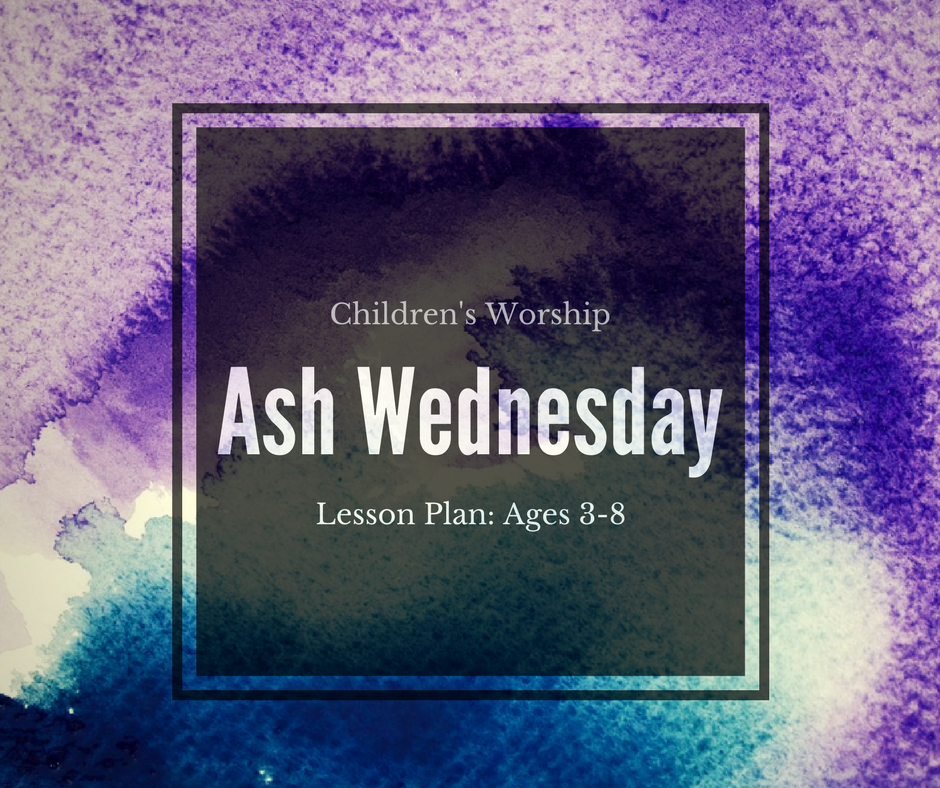I woke up early the morning after Ash Wednesday anxious about Lent.
Why had I voluntarily complicated my life?
Would I actually be uncomfortable?
Surely Jesus doesn’t want me to be uncomfortable!
I’m okay with doing complicated things, but I’d like to do them from as comfortable a space as possible. Comfort during Lent is designed to come from Jesus rather than ephemeral pleasure, though.
Approaching Lent in present tense- that is, not dreaming about how it will look next week or next month, but how it looks right now today- has been helpful. Practicing Lent diverges from achieving or perfecting it.
As I was Pinterest-ing resources for our children’s ministry observance of Lent a back in February, I ran across the admonition to pause the crafting, coloring, printing, and gathering resources for Lent and just start observing it. Just do Lent. Resources are helpful (and I’m all about integrating reminders and illustrations into daily life!), but they are not the central thing. The focal point of Lent is dependence on the sustaining work of God.
So what might help us live Lent in the present-tense?
Remember your Fast:
A fast as described in Isaiah 59 is about solidarity in suffering, both with people who suffer around the world and with Christ who suffered on our behalf. Does my fast encourage compassion toward someone in my community or around the world? Spending time in remembrance and prayer for that group and considering whether there is an action of compassion or justice that I can take with the time, energy, or resources preserved from the fast helps refocus hearts and minds.
Meditate on the Love of Christ:
The message of the Gospel is that Christ has suffered on our behalf to purchase reconciliation and freedom. It’s quite possible to fast with justice in mind and overlook the central gift of Christ. Reading various accounts of the Holy Week (in the different gospels or different Children’s Bible Storybooks), reflecting on the Stations of the Cross, or singing hymns that retell the gift of Christ can redirect a heart toward the source of our hope and compassion.
Lean into the Quiet, Slow Pace:
When we say “no” to something because it’s related to a Lenten fast (a snack, a TV show, etc.), point to a different form of observance. For children, this might look like saying something along the lines of, “We don’t have dessert this week, but why don’t we put on some special Lent music to listen to while we eat crackers and cheese?” or, “We’re not watching TV right now, but would you like to light the candles on the table while you color a card or read after dinner?” Learning to slow down takes practice, encouragement, and intentionality; Lent is a natural time in our church year to lean into these slower rhythms of reflection.






